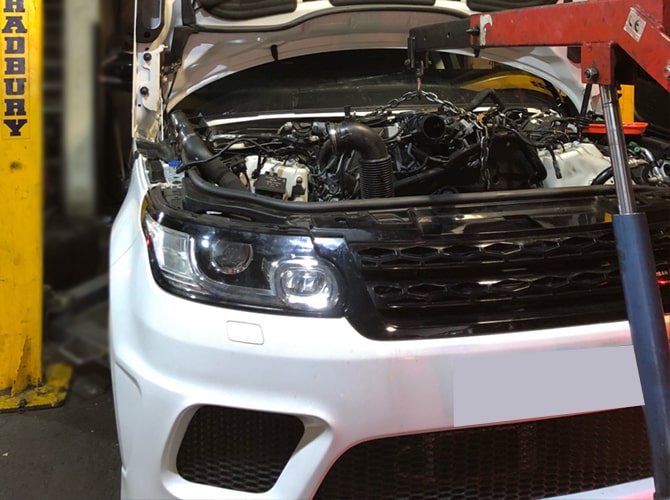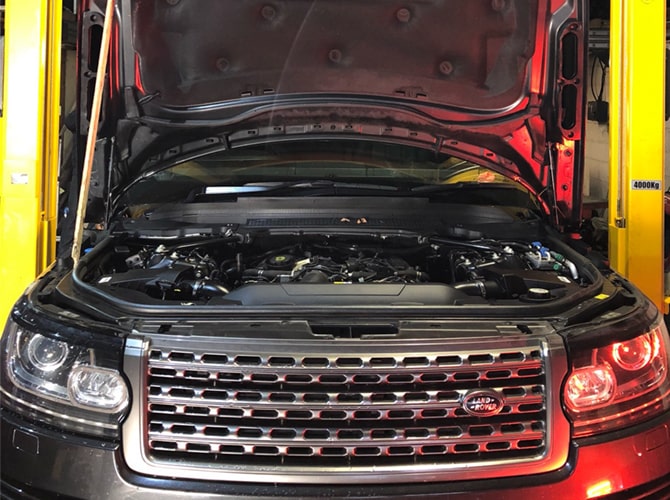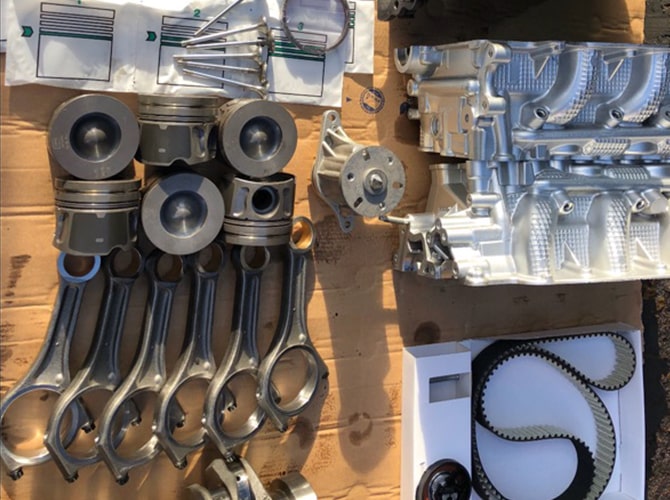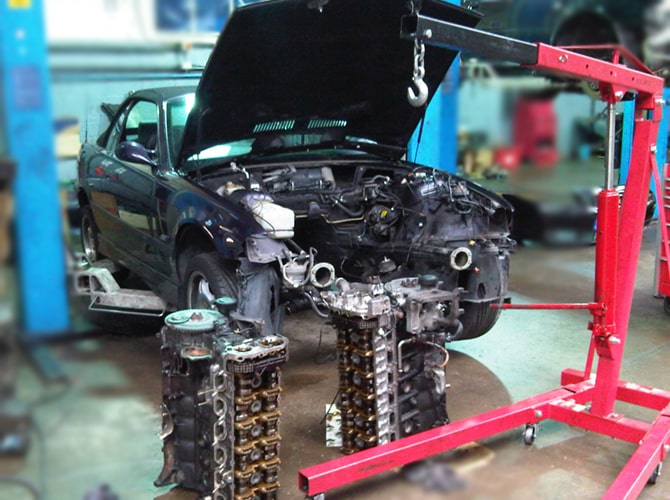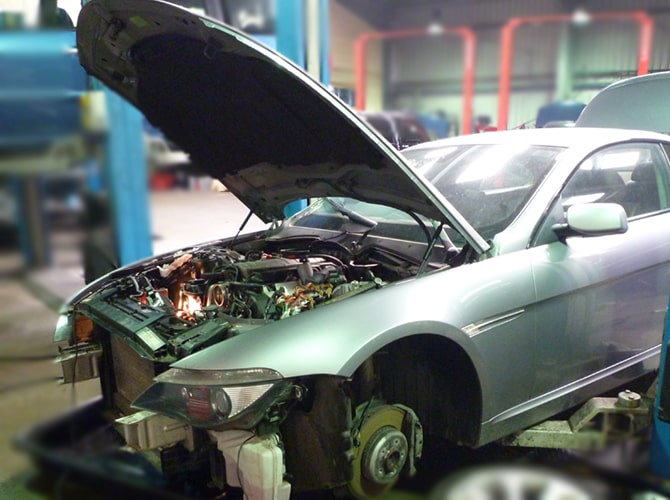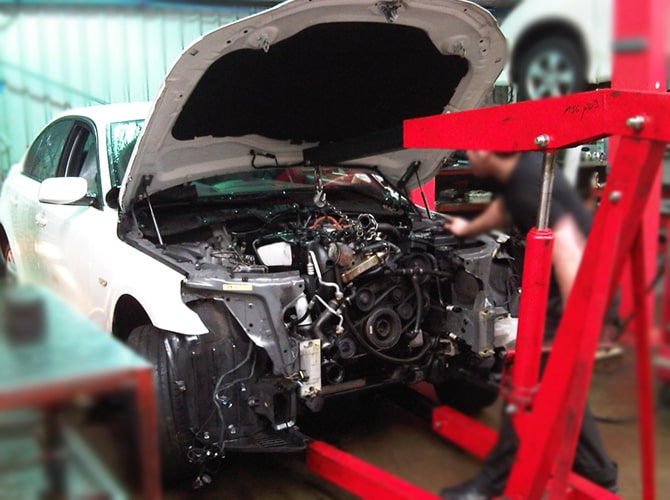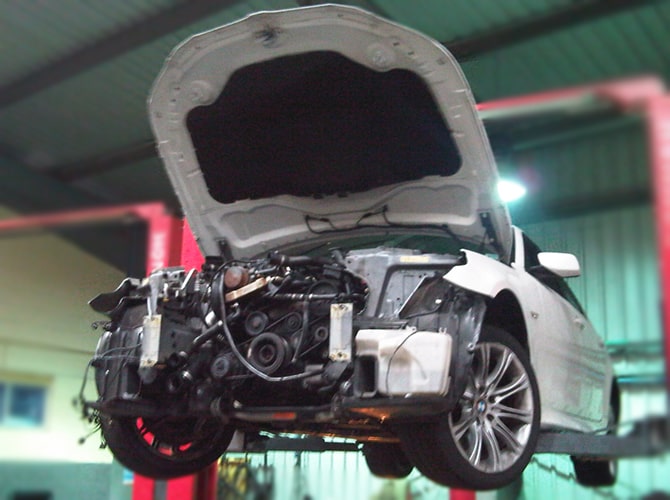Car batteries
An automotive battery is a rechargeable battery that supplies electrical energy to a motor vehicle and its main purpose is to start the engine. Once the engine is running, power for the car's electrical systems is supplied by the alternator. Typically, starting discharges less than three per cent of the battery capacity. SLI batteries are designed to release a high burst of current and then be quickly recharged. They are not designed for deep discharge, and a full discharge can reduce the battery's lifespan.
As well as starting the engine an SLI battery supplies the extra power necessary when the vehicle's electrical requirements exceed the supply from the charging system. It is also a stabilizer, evening out potentially damaging voltage spikes. While the engine is running, most of the power is provided by the alternator, which includes a voltage regulator to keep the output between 13.5 and 14.5 V.Modern SLI batteries are lead-acid type, using six series-connected cells to provide a nominal 12 volt system (in most passenger vehicles and light trucks), or twelve cells for a 24 volt system in heavy trucks or earth-moving equipment, for example.
Battery electric vehicles are powered by a high-voltage electric vehicle battery, but they usually have an automotive battery as well, so that they can use standard automotive accessories which are designed to run on 12 V.
 Quality Guarantee
Quality Guarantee Price Promise
Price Promise Customer Satisfaction
Customer Satisfaction Need help?
Need help?
